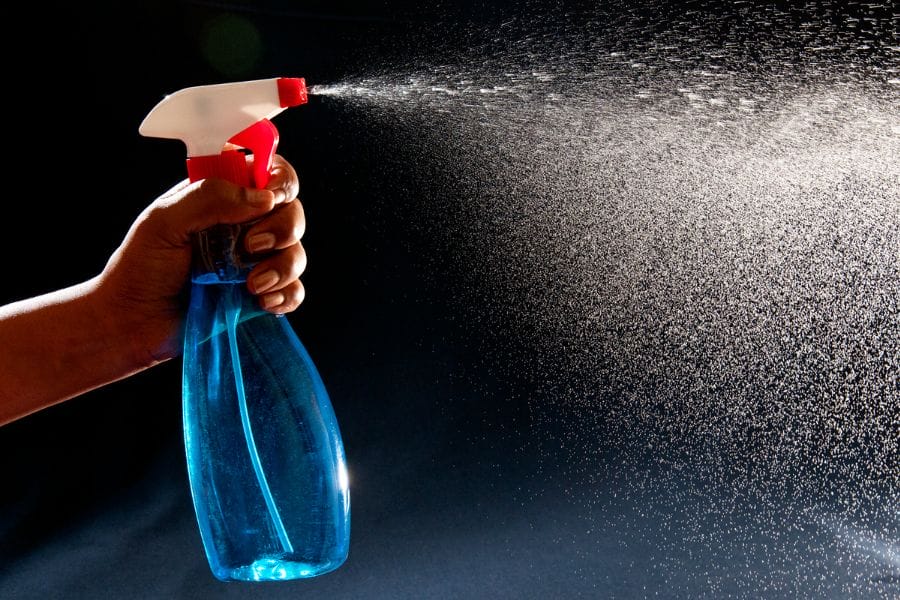It’s no secret when you’ve got bad data.
The telltale signs are obvious: reports that don’t make sense, duplicate records, stale data…and revenue teams that have no idea what the data is telling them.
We’re more reliant than ever on data-driven decision-making, so having bad data just doesn’t cut it. What can you do?
If you’re a Salesforce shop and the problem is your CRM data, getting your system cleaned up can be a challenge—but the benefits are well worth the effort. Here’s how you can avoid some of the most common pitfalls of a CRM data cleanup in Salesforce.
Where do people usually go wrong with Salesforce data cleansing?
A common issue with CRM data cleanups is trying to “boil the ocean.” The boss announces that this quarter’s focus will be on cleaning up the CRM. A few months later, the team tasked with the cleanup—typically the sales or marketing team at a smaller company—comes back and declares victory.
But within a minute or two, the boss finds an error. Perhaps it’s a company with duplicate accounts, or a person with duplicate contact entries. It’s something that clearly indicates an underlying data integrity issue. And it’s back to the drawing board.
How do you clean up customer data successfully?
Data cleanup needs to be strategically planned and carefully mapped out from the start.
Here are some Salesforce data cleansing best practices to follow if you want to effectively clean up your CRM (and keep it that way).
1. Define what “clean” data looks like—in measurable terms
There’s a simple test to tell if your definition of clean data is going to hold up during the cleansing process: can you run a report to confirm data cleanliness? If the answer is no, then your definition is untenable and needs to be revised.
Think of “clean” as the synthesis of accurate and complete. Complete data is easy to test and verify via reporting. In order to test and confirm accuracy, you’ll need something to compare your records against. For example, email accuracy can be tested using an email verification tool that tells you if you have invalid emails in your database.
2. Identify and prioritize the records that need to be clean
Even small companies can have huge databases. Chances are not all of your data needs to be cleaned in order to effectively run your business. Some of your data may no longer be in use, or may be of minimal value. Sometimes it’s ok to have records that don’t meet your definition of “clean.”
Identify the subset of your data that you do expect to be clean. Next, make sure this subset of data can be filtered in your reporting processes. If the data can’t be filtered effectively, it will be very difficult to validate the cleanliness of those specific records.
3. Document and execute a specific data cleansing plan
Once you have a workable definition of “clean”—and know which records you expect to be clean—you’ll need to document and implement a clear and actionable plan for addressing every element of that definition, field by field. Getting this step right is essential for effective Salesforce data management.
There are a number of reasons why data gets messy. Your sales team has been allowed to upload contacts and accounts via multiple third-party tools, but no care was taken to avoid duplicate data or keep it updated. Marketing has added data from additional sources, and things aren’t matching up. Some of your leads have accidentally submitted information with typos. The list goes on.
Here are some common data quality issues to look out for while cleansing your CRM:
Incorrect data
Some data may have been entered incorrectly to begin with. Other data may be old and no longer valid. Automated data validation techniques can be used to catch some types of errors. However, some manual checking is often necessary as well. A few particular things you should be sure to check for include:
Bogus emails. Verification tools like NeverBounce or ZeroBounce can be used to confirm email legitimacy. Some deliverability solution providers offer pricing as low as 1¢ per email address for a bulk file upload.
Invalid domains. Domain URLs should be checked for validity. Even if the URL formatting looks correct, some may lead to phishing sites or 404 errors.
Outdated employment information. LinkedIn and other sources can be used to check if people still work at the companies you’ve associated them with. Plus you can use a tool like UserGems to scan your Contacts and get up-to-date information (also identifying new leads for the sales team).
Incomplete data
All fields required to meet the definition of “clean” should be filled. Missing information can often be reduced or eliminated by making essential information a required input field on your data entry and contact forms. Be careful not to require too many inputs on contact forms, though, or you may lose leads.
Duplicate records. Redundant records should be removed. These can often be caught by comparing a few key fields for duplicate data. Cleaning and merging the data can add significant time to the task, as data discrepancies will need to be resolved.
Inconsistent formatting. When key data values like names, phone numbers, and addresses aren’t entered in line with consistent formatting conventions, it can make tasks like filtering data and sending communications a challenge. This problem can be mitigated by adding pre-set property fields to manual entry forms where possible.
4. Track and report your progress
CRM cleanups aren’t set-it-and-forget-it projects. You don’t just want to know how clean your data is today—you want to know how clean it is next week, next month, and at all future points thereafter. And the only way to know how clean your data is at any given point in time is to build a reporting system to track your data cleansing progress and status.
Because you’ll have a clear definition in place for what clean data looks like, you’ll be able to build custom reports to track data cleanliness in line with that definition. For example, if one requirement of data being clean is that every record for a person includes an email address, you can create a report that shows all records missing an email address.
Strive to create a cleanliness dashboard that you can use to maintain a consistent state of data cleanliness over time. Your dashboard reports will put hard data into the hands of sales leaders so they know exactly what’s going on. In your cleanliness reports, consider including things like:
- Open opportunities with close dates in the past
- Opportunities missing a value
- Opportunities older than [x] days in a certain stage
- Leads that have been in ‘new’ status longer than [x] days
Is it time to clean up your Salesforce data?
Don’t make business decisions based on bad data. If your CRM data isn’t in the state it needs to be for you to run your sales and marketing operations successfully, fixing it should be a top priority. Get clear on what cleanliness criteria your data needs to meet, prioritize cleaning your most important records, craft and execute a solid cleansing plan, and always track your progress.
Are you looking for an experienced partner to help you set up (or clean up) Salesforce? Iceberg’s team of Salesforce implementation experts can assist you in building a CRM system with a solid technical infrastructure that helps facilitate high CRM data quality for better business intelligence and analytical reporting, now and in the future. Contact us today to find out more.


